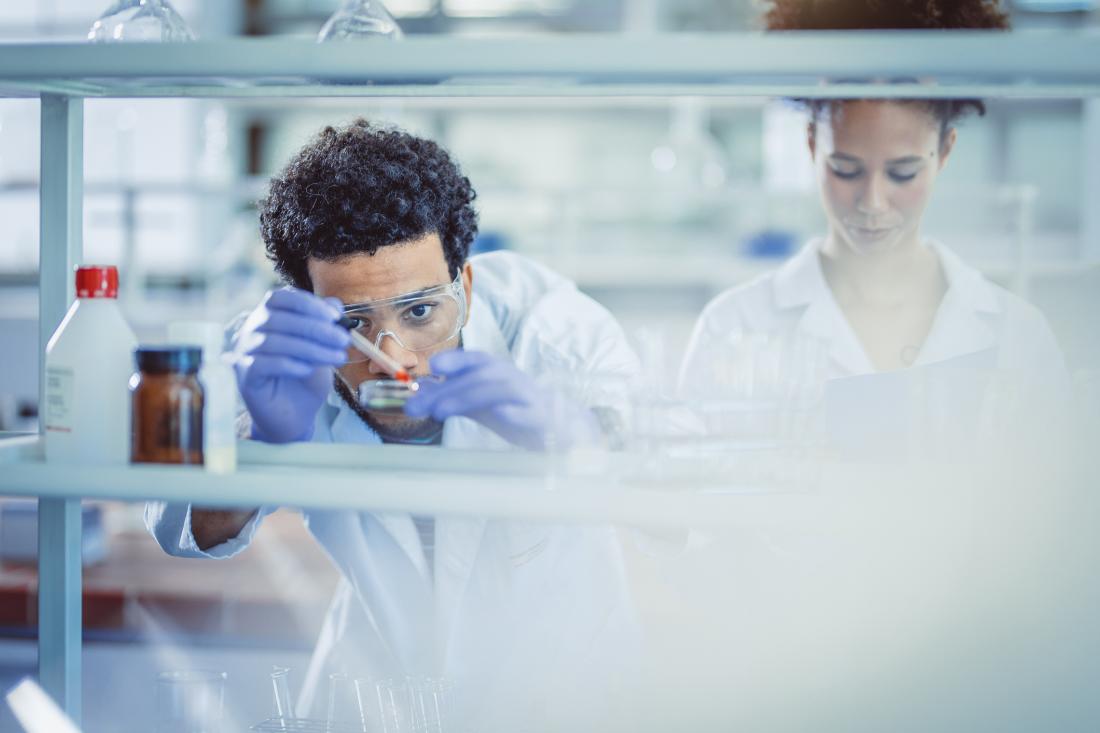Historically, doctors used metals to treat infections. Researchers think that this treatment method may be worth a modern re-examination. As an increasing number of bacteria develop antibiotic resistance, scientists are looking beyond this family of medications that has served us so well up until now. As the usefulness of antibiotics begins to wane, there is an urgent need to develop new ways to treat infections. Now, researchers at the University of Connecticut (UCONN) in Storrs say they may have found a way forward by looking back at how doctors treated infections before the advent of antibiotics. Kumar Venkitanarayanan led the research team. There are no clear data for how selenium works, says Venkitanarayanan, but there appears to be toxicity against the outer membrane of the bacteria, and it might also cause toxicity against the DNA, potentially in genes that are involved in biofilm creation. Genetic analysis supported this suspicion, showing a reduction, or down-regulation, of genes responsible for biofilm production. Also, the bacteria treated with selenium were no longer as good at sticking to and invading skin cells. Venkitanarayanan team has also looked at the use of selenium for addressing other challenging infections, such as enterohemorrhagic Escherichia coli (EHEC) and Clostridium difficile (C. diff). Venkitanarayanan advocates further exploration into the use of metals and metalloids as a way out of the antibiotic resistance dilemma, even as a stopgap, while researchers investigate and develop other treatments. (Credits: www.medicalnewstoday.com)


